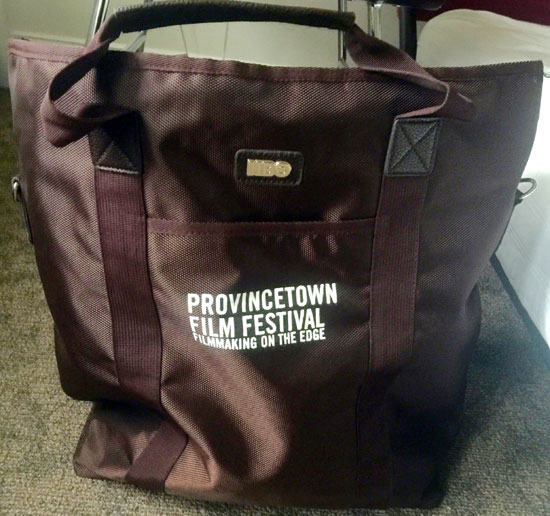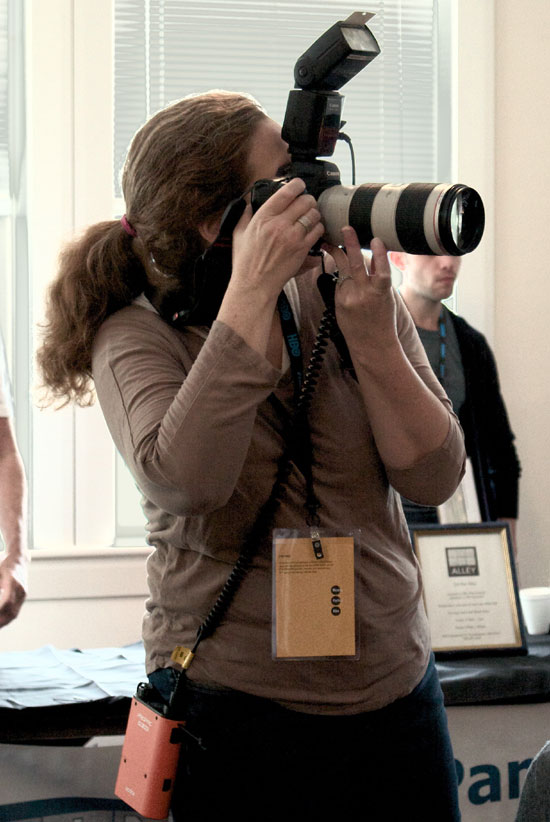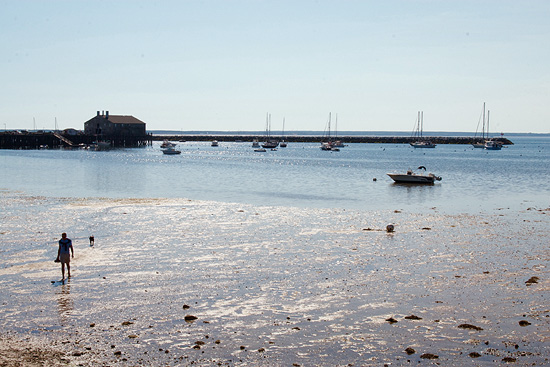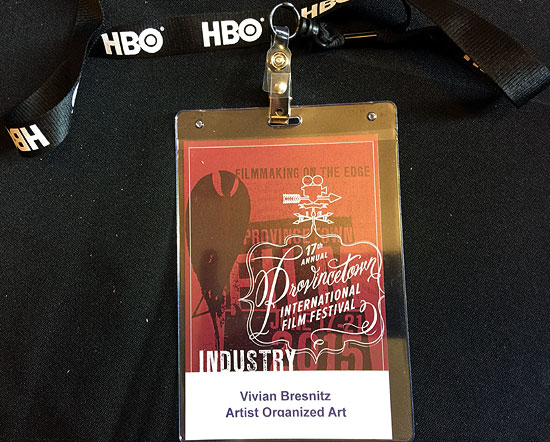Provincetown International Film Festival
PIFF 2015 Provincetown, MA
Awards to established and emerging directors
JUNE 17 – 21, 2015 – Provincetown, Massachusetts

Swag (Provincetown Film Festival 2015)
Provincetown Film Festival 2015
Vivian Bresnitz
June 23, 2015
4:14 AM, Ugh. My head dropped back to the pillow while my brain ran through several possible reasons why I didn’t have to actually rise. None of the possibilities were true, not if I wanted to go to the Provincetown International Film Festival in Provincetown, MA and make it to the “PIFF Breakfast with…” series in time…..
THE FILM FESTIVAL!! GET UP!!

Panelist: Michelle Boyaner (Provincetown Film Festival 2015)
Seventeen years ago, I attended the first Provincetown Film Festival, my first festival ever. I carefully picked out a few select movies because a few were all I could afford. I also didn’t attend any of the related festivities because of the added cost. That remained true for me, still, years later. Joshua Selman of Artist Organized Art, recently handed me the fantastic opportunity to write about the 2015 Provincetown International Film Festival and attend it in full. I will be forever grateful. The chance to see so many films in a span of a few days was heady and an incredible treat. Definitely, Bucket List material.
Once on the road, I arrived in Ptown, as it’s also known, three hours later (it ordinarily takes 3+3/4 hours without traffic) at the morning event, almost on time. Kory Mellon, one of the Film Festival’s Publicity facilitators and Press Contact/Obscure Pictures, greeted me at the door, in order to hand me a ticket for entry. (Kory was to be key to my peace of mind that week: He helped with tickets, my sometimes inane questions, and last minute changes. I couldn’t believe how he maintained that sweet, calm persona amidst all the flurry. A special shout out goes to him.)
I quietly entered the room, put my things down on a chair and scoped out the people, the food and my first objective. Coffee. Thank God. There’s coffee.
After the Discussion ended, I raced off to the Sage Inn & Lounge to pick up my Press badge, itinerary, etc., since there hadn’t been enough time beforehand and my heart skipped a beat at the sight. It wasn’t for a famous face: it was for the swag handed to me! And there on a side buffet was yet more food and dessert! This writer/photographer pretended to be cool and matter of fact about it but inside, I was acknowledging the swoon. I could get used to this.

Pro (Provincetown Film Festival 2015)
The “Breakfast with…” series occurred each morning of the festival, offering the opportunity to hear directors, producers, and actors talked about their work, the industry and this particular venue. To quote one director, Andrea Meyerson: “I like to draw people in with humor and then make them cry.” Michelle Boyaner said, “I can’t die without these stories being told.” Director, Sebastian Silva expressed an astute observation about the difference between American audiences and others. To paraphrase, “American audiences seem to have higher expectations about being amused. They also have stronger expectations about a movie’s outcome and seem to be less open to surprise.”
Making sure to experience bits of all of the PIFF, a party, talks and certainly as many of the 87 feature-length and short films as I could sanely do in a few days were on the agenda. (I always make a point to see Shorts at film festivals, since they’re not bought nor distributed as “easily” as feature films.) During this 2015 festival, I must say, I saw mostly quite notable films. A few were mediocre, a few even made me wonder why they were there, but largely, I was moved by what I viewed.
A few of the worthy films I must mention here are LEARNING TO DRIVE (USA, Directed by Isabel Coixet and HBO’s 2015 Audience Award / Best Narrative Feature winner), RADIATOR (UK, Directed by Tom Browne), PEOPLE, PLACES AND THINGS (USA, Directed by Jim Strouse.) and BREATHE (France, directed by Mélanie Laurent.)
These feature films are touching, emotional, and/or funny in places, and well done. The films are both timeless and current in subject matter, and all had me shedding a tear or two.

Panelists: Andrea Meyerson, Alan Chebot, Michelle Boyaner, Howard Karren
(Provincetown Film Festival 2015)
In LEARNING TO DRIVE, a woman reluctantly challenges herself to push beyond her fears, after being left by her husband. She learns unexpected lessons by and about her teacher, in the process.
RADIATOR is a visceral and tender piece about dealing with aging parents, portraying love, obligation and innate humor.
PEOPLE, PLACES AND THINGS is such a sweet and ironic slice of life about a man trying to be a good father to his twin girls, navigating the breakup of his marriage and the relationship with his ex-wife.
BREATHE, based on a best-selling French Young Adult novel, RESPIRE, should definitely come to your local Indie movie house. An iconic presence, the pains and mysteries of adolescence and the power of peer pressure, along with a surprise ending make this movie hypnotic and disturbing. The John Schlesinger Award, presented to a first time documentary and narrative feature filmmaker went to this film.
Also, a gem of a documentary piece, PACKED IN A TRUNK, (USA, directed by Michelle Boyaner, and HBO Audience Award / Best Documentary Feature winner) plays part mystery/part whodunnit (sort of), offers an important missing piece to Provincetown’s rich art history and inadvertently lured me to the Provincetown Art Association Museum (PAAM) to view the discoveries. The musical score is sappy but the movie is a great, true story about love, art, family, prejudice and eery coincidences.
The chance to hear and talk with creative people in the industry ran the gamut from enticing to funny to simply… “interesting”.
Comedic Actress, Jennifer Coolidge, (American Pie, Legally Blonde, Best In Show) was in town to receive the 2015 PIFF Faith Hubley Award for Career Achievement. Faith Hubley, (1924-2001) was an Academy Award-winning filmmaker, actress, artist and animator. Past honorees include Mira Nair and and Debra Winger. In the onstage interview (and on break from theatre work in Boston), Ms.Coolidge said,”My life has gotten much simpler: dogs and friends.”
I could have passed on the Bobcat Goldthwait interview (Filmmaker, former standup comic and 2015 PIFF recipient of the Filmmaker On The Edge Award) with Provincetown artist in resident and filmmaker, author and PIFF vital, John Waters [who’s work I love]. A bit of the Adolescent [Straight] Male thing going on there, in my opinion.
Later in the week, one of the fun, unplanned “moments” happened with a chance meet and personal discussion with Bryan Horch, a filmmaker involved with IN THE HOLLOW, (USA, Directed by Austin Lee Bunn) Coming out from the dark room, Bryan asked a few of us who lingered afterwards, our thoughts of a plan to make this film into feature length. The lively talk went on so long the staff was eventually pushing us out the door. This Short, by the way, is a gripping piece, based on the real life case of two women, lovers, hiking the Appalachian trail, decades ago, the terrifying encounter they experienced in the woods and the historical legislation that came of it.

Ptown pastime (Provincetown Film Festival 2015)
Perusing the Festival’s schedule initially, I happily noticed that there were a higher number of films directed by women than I’d seen before at this [or other] film festival(s.) On reading the results for the 2015 PIFF Awards*, announced on the last day, I estimated that about 75% of the Awards went to women filmmakers! Quite impressive and encouraging.
A side note about my assignment as a badge-wearing Press participant: The first day I attended, I took photographs with an older Canon digital camera and used my iPhone for note-taking. I was aware of the professional photographer present, moving about utilizing some of the best and latest equipment. On my third day there, just before I arrived at another of the Breakfast discussions, my camera inexplicably broke down.
With no other choice, I photographed with my iPhone for the remaining time. I was wearing a Press badge, shooting with an iPhone in front of my face. (Don’t get me wrong: I think iPhones are great for photography. In fact, I bought the 6plus especially for its camera. )
Wearing a Press badge and shooting with an iPhone when there’s an established Pro nearby sporting the big girls’ equipment: a humbling experience. Note to self: Always bring an extra camera body!
Great or even good films can take us away or take us inside. Inside ideas, inside of feelings, inside others, inside ourselves. We are spoken to and we, sometimes, talk back. This visual medium draws me in like a multi-sensory hypnotic stimulant; like a delicious, intoxicating drug. Only, I remember things later.
Having been saturated and sated with four (out of five) days of the 17th Annual Provincetown International Film Festival, here’s what I learned, besides Camera Equipment 101: If you have a passion for film, put your pennies together and take the time to fully attend a film festival. DO IT. If you love movies. If you DO movies. For an aspiring filmmaker or any other kind of film/video/photography Creative, this could be as important as supporting your own [likely under-funded] work. The excitement, passion, camaraderie, talent and support are inspiring. And, it’s way fun.

Credentials (Provincetown Film Festival 2015)
The 18th Annual Provincetown International Film Festival will be held June 15-19, 2016.
*Other Award winners:
- HBO Short Documentary Award: THE FACE OF UKRAINE: CASTING OKSANA BAIUL directed by Kitty Green
- Jury Award / Best Narrative Short Film: MYRNA THE MONSTER directed by Ian Samuels
- Jury Award / Best Animated Short Film: SYMPHONY NO. 42 directed by Réka Bucsi
- Jury Award / Best New England Short Film: AWESOME_FCK directed by Isaak James
- Jury Award / Student Short Film: SHARE directed by Pippa Bianco
The Provincetown International Film Festival (PIFF) is an annual film festival founded in 1999 and held in Provincetown, Massachusetts. The festival presents an array of American and international narrative features, documentaries and short films for five days in June of each year. With panel discussions and special programs such as Youth and Diversity and Portuguese film sidebars, the festival makes a special effort to honor and incorporate the unique cultural, historic, and artistic character of Provincetown with its thriving art colony, its large gay and lesbian population, its original Native American and Portuguese heritage, and its congenial scenic setting. In keeping with its edgy mission, the festival often presents films about countercultural figures, such as John Lennon, Beat poet Allen Ginsberg, and writer William S. Burroughs. The festival is a program of the Provincetown Film Society, the non-profit parent organization which also operates the year-round Waters Edge Cinema (formerly known as Whaler’s Wharf Cinema), a year-round Provincetown movie theater presenting what it considers the best in current independent and international cinema.
Vivian Bresnitz appears here as a correspondent for Artist Organized Art, she lives in Western Massachusetts also working as a Licensed Massage Therapist. Vivian has been in practice for over 20 years. Her business is Well Being Therapeutic Massage.